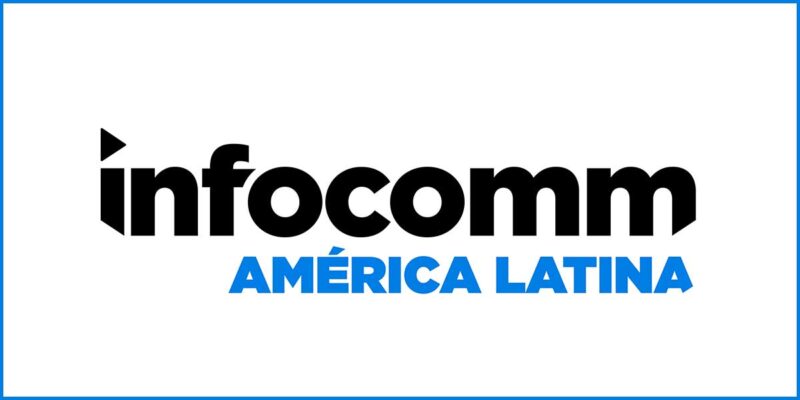Salary for a Full-time AV Tech Is Now $64,959 in the US

The new 2020 Macroeconomics Trends Analysis (META): Pro AV Channel Employment Report, produced by AVIXA, looks at the global workforce in the ProAV industry, beginning with the impact of the macroeconomy and diving into job categories, salaries, education, skills and other factors.
The Pro AV Channel Employment Report survey respondents reported substantial raises for 2019, with pay increases of nearly 5% in the U.S. and other high-per-capita GDP countries. Raises were even higher in low-per-capita GDP countries, clocking in at almost 8%. The report reveals the average income for a full-time AV technician in the U.S. is $64,959. The average income for a full-time technician in a high-per-capita GDP country outside of the U.S. is $52,529. These incomes — and incomes throughout different AV job categories — compare very favorably to the overall countrywide averages.
COVID-19 has created a fragile labor market, which you might expect to cause incomes to decline. Extensive research shows that is not the case. Even during major employment crises such as the Great Recession, wages held remarkably steady. Instead of incomes, what drops is the number of jobs available, giving rise to unemployment. The steady wages and rising unemployment cause businesses to become more selective in their hiring. The market for unskilled workers softens, heightening the value of traits like experience and certification.
The report reveals significant wage benefits for obtaining certifications. In the U.S., Certified Technology Specialist (CTS) accreditation increases a worker’s value by slightly more than 7%, a more advanced CTS-I (Certified Technology Specialist-Installation) certification increases one’s value by about 14%, and the most advanced CTS-D (Certified Technology Specialist-Design) increases a worker’s value by nearly 30%.
Worker compensation differs between provider and end user firms. Overall, workers are satisfied in both environments, but their pay, benefits, and work life are all different. Provider respondents reported substantially higher income, but end users had better benefits packages. Provider respondents worked more hours on average, though neither group felt overworked.
“For this year’s report, we took a new data-gathering approach, surveying individuals rather than company leaders,” said Peter Hansen, economic analyst, AVIXA. “This enables us to build a much deeper understanding of compensation in the ProAV industry. We now have global data rather than U.S. only and end user data in addition to provider stats. We’re also able to measure how traits like education, experience, and certification affect income, giving a much clearer picture of what has economic value.”
For the report, AVIXA surveyed 3,830 AV industry professionals from 77 countries from Jan. 24 to March 15, 2020.





